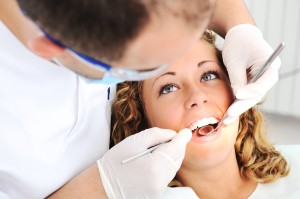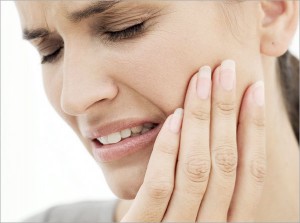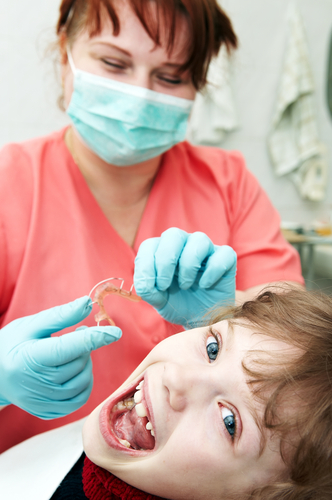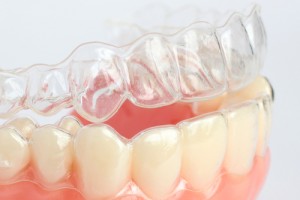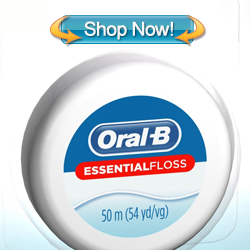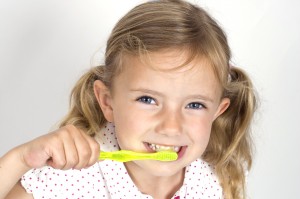 Those who want to give their children the most in life should ensure that they protect their smiles. Children should start going to a family dental practice early, and they should learn good oral hygiene to get them started on a road to good oral health for their entire lives. Families which have noticed that their children may be developing crooked teeth may need to ask their dentist if they should see an orthodontist. Children may need braces or other corrective care to leave them with great looking teeth for years to come.
Those who want to give their children the most in life should ensure that they protect their smiles. Children should start going to a family dental practice early, and they should learn good oral hygiene to get them started on a road to good oral health for their entire lives. Families which have noticed that their children may be developing crooked teeth may need to ask their dentist if they should see an orthodontist. Children may need braces or other corrective care to leave them with great looking teeth for years to come.
As dentists continue to monitor children’s teeth, they may be able to tell whether or not a child will eventually need orthodontic care. Going to a family dental practice can help to ensure that children aren’t eventually frightened by the dentist. They are going to be able to have care from a professional who knows how to explain oral hygiene practices in ways that children will be able to understand. This can make seeing the dentist a fun experience, so that children will want to be able to continue doing this for the rest of their lives.
Other ways to improve a child’s smile is start with their diet. Sugary foods and drinks can be bad for the teeth, and lead to getting more cavities when they go in for their regular visits. The first dental visit should be scheduled before a child turns one year old. It is also important not to share any eating utensil with a child, as bacteria from a parents mouth can spread to a child and contribute to them getting cavities. Using the correct type of toothpaste while the child is a toddler is important as well, as some contain ingredients that children shouldn’t have in their mouths.
Using too much toothpaste is not good as well, as very little toothpaste is needed to brush a child’s teeth. If they are using too much, then the teeth may end up getting stained as well. Getting a timer for brushing the teeth is important as well, so that children know how long they should be spending on this activity. This can lead to good brushing habits throughout the rest of a child’s life, and maybe even keep them from having to undergo uncomfortable dental procedures like having a cavity filled. There are many other things which can help to improve a child’s smile, including things like getting enough exercise which improves digestive health. This can ultimately improve the child’s smile, and set them up for good oral hygiene practices for their entire lives.

